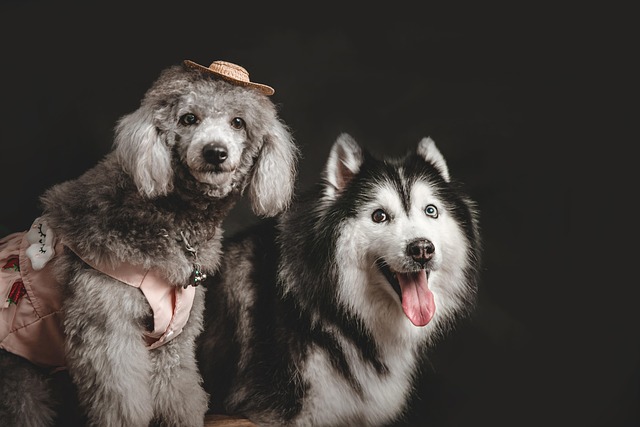
What is the best type of training for a dog?
There’s no one-size-fits-all answer to what makes the best dog training, but most experts agree that methods built on positive reinforcement tend to yield the most lasting results.
Picture this: you just brought home your fluffy new companion, and within hours there's an unexpected puddle by the sofa. Sound familiar? Many new pet parents face this exact frustration, which is why picking a breed suited for easier housebreaking matters so much. While every dog is unique, certain characteristics make some breeds quicker learners. Let's cut through the confusion and explore why size often plays a bigger role than you'd think.
Ever wonder why smaller dogs frequently master potty routines faster? It boils down to biology and behavior. Their pint-sized bladders mean more frequent potty trips, creating natural training opportunities throughout the day. Breeds like Cavalier King Charles Spaniels stick close to humans, craving approval – making them eager to please during training sessions. Don't buy into the myth that all small dogs are high-maintenance; many actually thrive on routine. This is exactly why small dogs are easier to potty train in many households, especially busy urban ones.
So which breeds top the list? Poodles, especially toy and miniature varieties, shine with their intelligence and quick learning – they'll connect "outside" with bathroom breaks rapidly. Don't overlook Papillons either; their alertness makes them responsive to consistent cues. For apartment dwellers, the adaptable Bichon Frise stands out. These breeds share key traits: moderate energy levels and strong bonds with owners, turning potty training into teamwork rather than a chore. When searching for the easiest dog breed to potty train, these small companions often rise to the top.
Ready for action? Start by taking puppies out every 30-45 minutes initially, plus immediately after naps or play. Always use a specific phrase like "go potty" during successful trips – pair it with enthusiastic praise or tiny treats. Accident cleanup requires immediate enzyme sprays to eliminate scent markers, not scolding. Remember those local ordinances: always carry biodegradable bags during walks since fines for uncollected waste hit $250+ in cities like Seattle. Apartment tip? Create a balcony potty station with artificial turf for rainy days. These potty training tips for small dogs build habits while respecting community standards.
Let's bust some myths right now. Contrary to old-school advice, rubbing a dog's nose in accidents or yelling actually increases anxiety and setbacks. Studies in Applied Animal Behavior Science confirm positive reinforcement speeds learning by 40% compared to punishment. Another fiction? That tiny breeds are inherently stubborn; terriers might test boundaries, but consistency overcomes this. Also, don't assume age determines ease – senior rescues often learn faster than puppies with the right approach. Understanding these nuances helps tackle common potty training challenges by breed effectively.
Ultimately, matching a dog's natural tendencies to your lifestyle is key. A lazy Bulldog might suit a homebody, while energetic Miniature Schnauzers need active owners. Visit shelters to observe personalities firsthand – many mixed breeds exhibit these trainable traits too. Whatever companion you choose, celebrate small victories. That moment when your pup paws at the door? That's the magic of patience and understanding their world.

There’s no one-size-fits-all answer to what makes the best dog training, but most experts agree that methods built on positive reinforcement tend to yield the most lasting results.
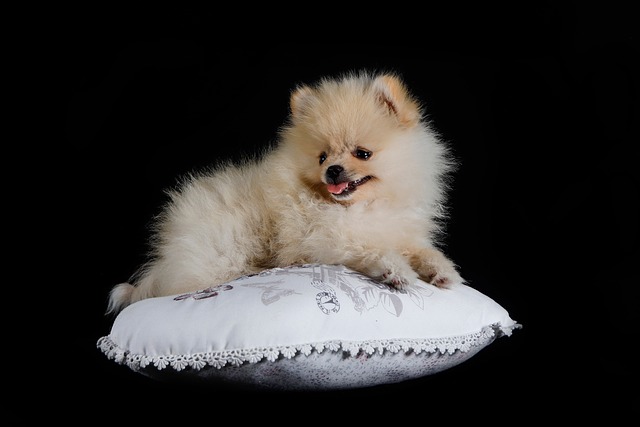
Welcoming an 8-week-old puppy into your home is a joy filled with wiggly tails and endless curiosity. One of the first steps in building a strong bond is teaching them their name.
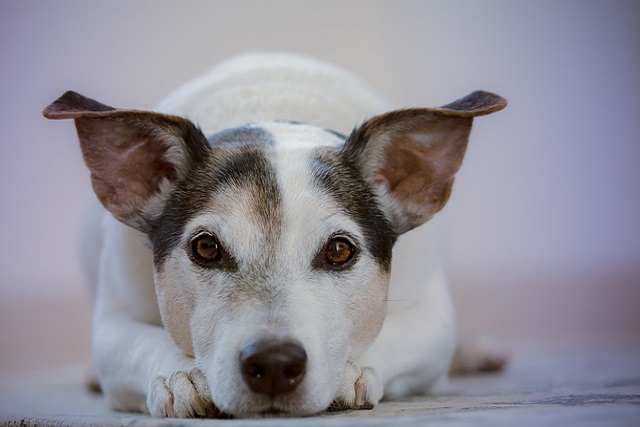
If you’ve ever sat up at night, listening to your gray-muzzled dog pace back and forth, stopping to whine or stare at a wall, you know the worry that comes with a restless senior pup.
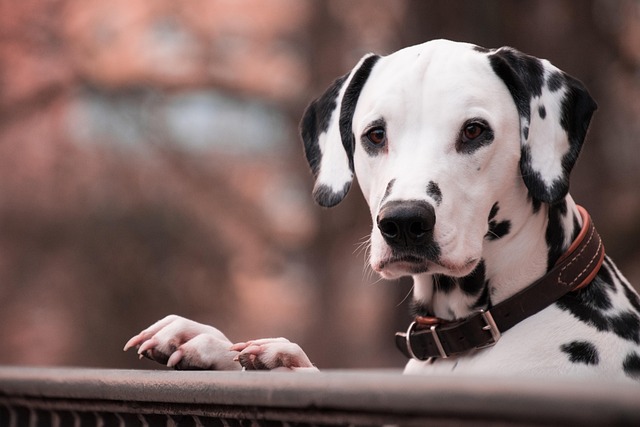
Training a service dog starts long before they’re ready to assist with specific tasks—their journey begins with building a foundation of trust, focus, and adaptability, and the timing of this training matters more than you might think.
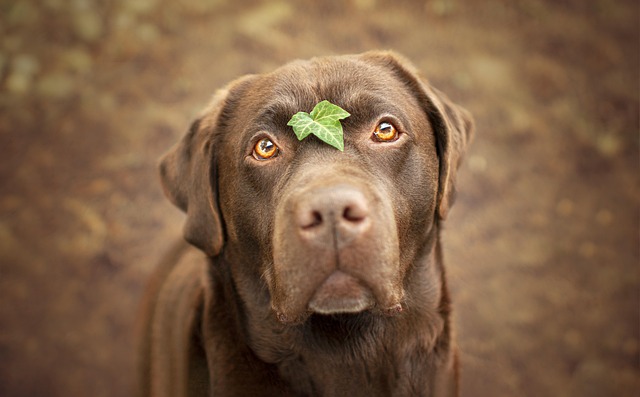
Watching a tiny puppy fumble through their first attempts to sit can feel like watching a little acrobat mastering a new trick.
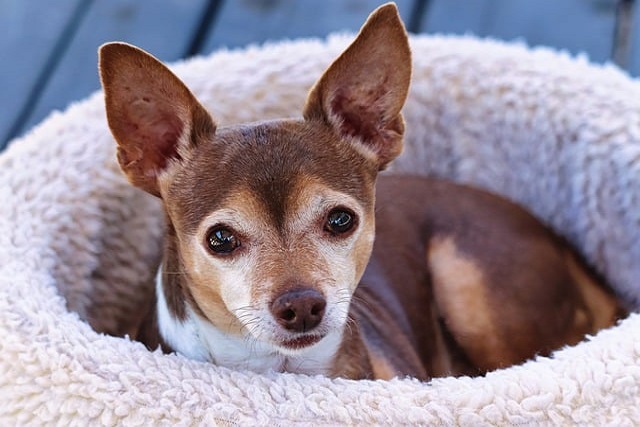
If you’ve ever found your flower bed dug up or your favorite shrub chewed to bits, you’ve probably searched for easy ways to keep neighborhood dogs (or even your own) out of your yard.